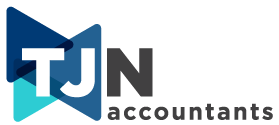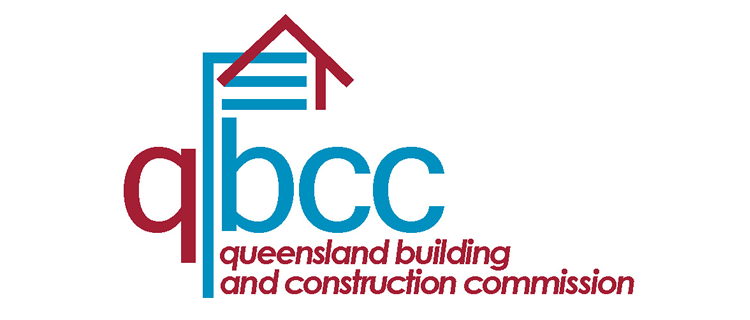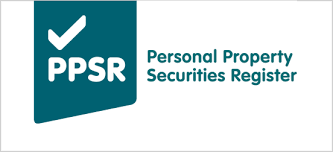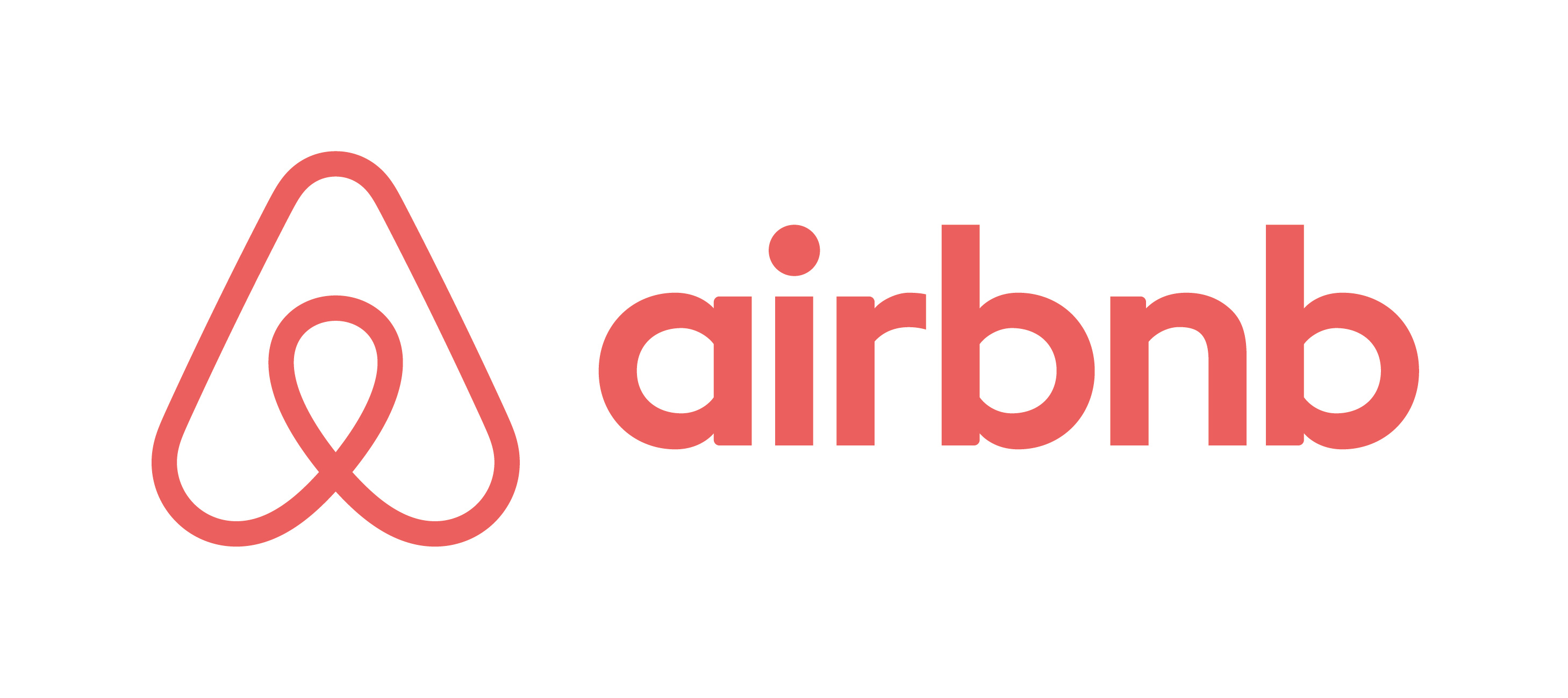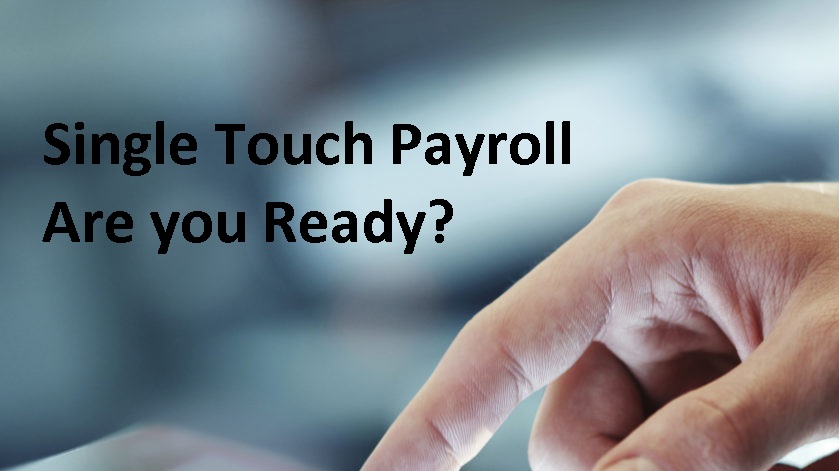The Queensland Building and Construction Commission (QBCC) are strengthening the minimum financial reporting requirements for license holders so the QBCC can more clearly monitor the financial position of licensees and take appropriate action where a licensee may be operating a financially unsustainable business.
From 1 January 2019, all licensees will be required to provide financial information annually to the QBCC (this was the position prior to 2014). For licensees with a turnover between $800,000 and $30 million, the minimum financial requirements report will need to be substantiated by an appropriately qualified accountant.
Also, if a licensee is relying on a Deed of Covenant, they will need to provide detailed financial information about the Covenantor to the QBCC.
If the turnover of a licensee is below $800,000, they will still be required to provide financial information to the QBCC, however, they will not need to have their information certified by an appropriately qualified accountant.
Licensees with a turnover above $30 million will need to have their financial reports audited.
Licensees will also be required to report a significant decrease in Net Tangible Assets (30% for licensees with a turnover below $30 million or 20% for licensees with a turnover above $30 million). This will require licensees to monitor their net tangible asset position on an on-going basis.
What do I do if I currently hold a QBCC license?
If you currently hold a QBCC license, you will need to check the category of your license. If your turnover is between $800,000 and $30 million, you will require a minimum financial requirements report prepared by an accountant using your results from 30 June 2019. If this applies to you, we recommend contacting us as soon as possible on (07) 56656469 to discuss your QBCC reporting requirements.
DISCLAIMER: The information in this article is general in nature and is not a substitute for professional advice. Accordingly, neither TJN Accountants nor any member or employee of TJN Accountants accepts any responsibility for any loss, however caused, as a result of reliance on this general information. We recommend that our formal advice be sought before acting in any of the areas. The article is issued as a helpful guide to clients and for their private information. Therefore it should be regarded as confidential and not be made available to any person without our consent,

Jeanette has over 20 years experience as an accountant in public practice. She is a Chartered Accountant, registered tax agent and accredited SMSF Association advisor. When she is not helping business owners grow their empires, you will likely find her out running on the trails or at the gym. Book in to see Jeanette today.
